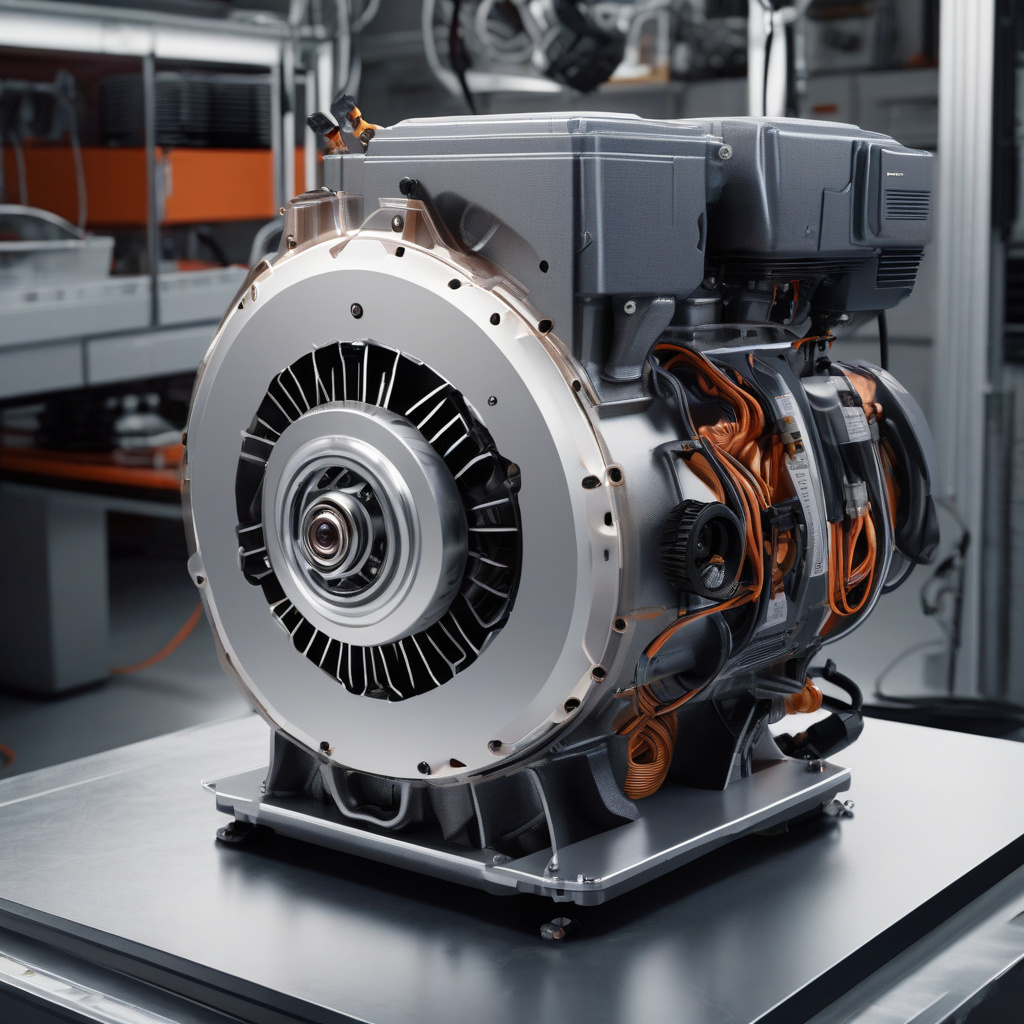In the rapidly evolving landscape of electric vehicles (EVs), innovation is the name of the game. One particular area that has long been ripe for a breakthrough is the design of electric motors. Traditional electric motors can be bulky and limit flexibility in vehicle design. However, a promising solution has emerged from a startup claiming to have cracked the code: hub motors.
Hub motors are compact electric motors that are integrated directly into the wheels of a vehicle. This design eliminates the need for a separate motor compartment, freeing up valuable space in the vehicle for other components or simply reducing its overall size. This innovation opens up a world of possibilities for EV design, offering engineers the freedom to reimagine the layout and functionality of electric vehicles.
By placing the electric motor in the wheel hub, this startup has effectively decentralized the powertrain of the vehicle. This means that each wheel can be controlled independently, allowing for more precise handling, improved traction, and enhanced stability. Additionally, hub motors eliminate the need for complex mechanical components like axles and transmissions, simplifying the overall drivetrain system.
One of the key advantages of hub motors is their potential to increase energy efficiency. By directly driving the wheels, these motors can reduce energy losses typically associated with traditional drivetrains. This improved efficiency not only extends the range of EVs but also contributes to a more sustainable mode of transportation.
Moreover, the compact nature of hub motors opens up new possibilities for vehicle design. With the removal of bulky components, designers have more freedom to play with aerodynamics, weight distribution, and interior space. This can result in sleeker, more aerodynamic vehicles that offer enhanced performance and a more comfortable driving experience.
Another significant benefit of hub motors is their regenerative braking capabilities. By harnessing the energy generated during braking, these motors can help recharge the vehicle’s battery, further increasing its efficiency and range. This regenerative braking system not only conserves energy but also reduces wear on traditional braking components, leading to lower maintenance costs over time.
While hub motors represent a promising advancement in EV technology, there are still challenges to overcome. Issues such as heat dissipation, durability, and cost must be carefully addressed to ensure the widespread adoption of this innovative design. However, with continued research and development, these hurdles can be overcome, paving the way for a new era of electric vehicle design.
In conclusion, the emergence of compact hub motors has the potential to revolutionize the way we think about EV design. By offering a more efficient, flexible, and sustainable alternative to traditional electric motors, hub motors are poised to drive the future of electric transportation. As this startup claims to have solved the longstanding problem with hub motors, it will be exciting to see how this technology transforms the automotive industry in the years to come.

